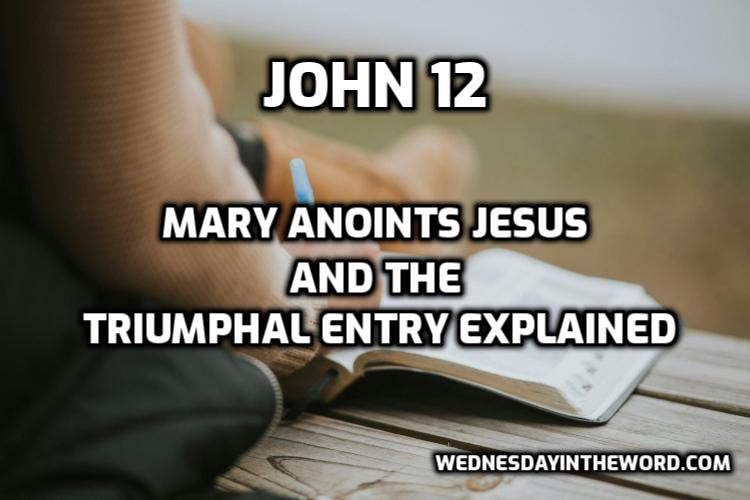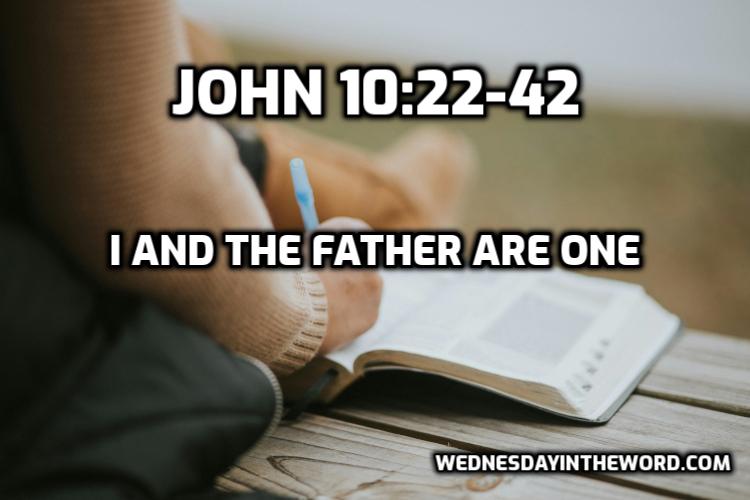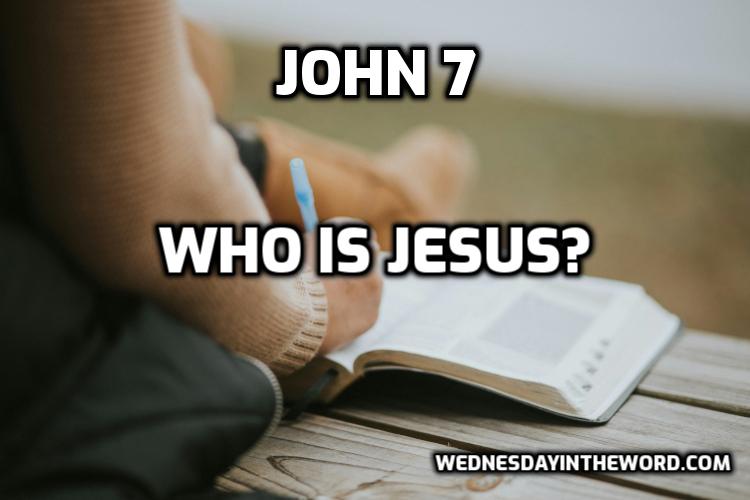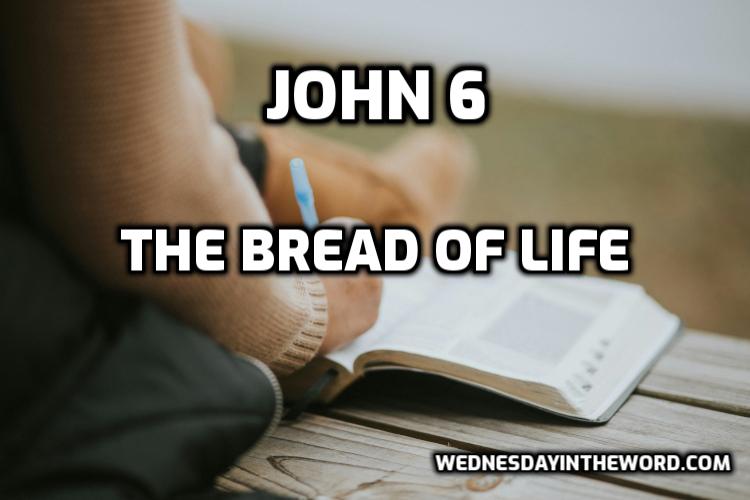
23 The Upper Room Discourse: Jesus’ Final Teaching (John 13-17)
The Upper Room Discourse (John 13-17) records Jesus’ final teaching to his disciples. Jesus explains 5 key themes to prepare his disciples for the future.

The Upper Room Discourse (John 13-17) records Jesus’ final teaching to his disciples. Jesus explains 5 key themes to prepare his disciples for the future.

Jesus’ ministry shifts toward the cross. Mary’s devotion and the triumphal entry highlight his worthiness, while Judas and the crowd expose the complexity of belief.

Jesus’s raising of Lazarus proves his authority over death, offering us confidence in his promise of eternal life and setting the stage for the cross.

When Jesus pointed to his works as proof of words, he made the famous claim “I and the Father are one.” He is at least claiming to be the Messiah. How much more he’s claiming is debated.

Jesus describes himself as both “the door” to salvation, and “the good shepherd,” who willingly gives his life for his flock.

In John 9, Jesus heals on the Sabbath again, provoking the Jewish leadership. John highlights a variety of responses to this miracle, contrasting spiritual and physical blindness. The blind man now sees, but more importantly he has faith.

What does Jesus mean when he says ‘before Abraham was, I am?” Traditionally seen as a declaration of divinity, context suggests Jesus intends to highlight his role as the Messiah.

Jesus came to offer his life to free us from the condemnation that we deserve. Now he add something new: he also came to free us from slavery to sin.

Many Bibles omit the account of the woman caught in adultery because of questions about its authenticity. Despite these textual debates, the interesting narrative reveals profound truths about grace, humility and judgment.

Gospel of John: Believe and Find Life. An 24-week Bible study podcast series on the Gospel of John from Wednesday in the Word

Who is Jesus? The people respond with belief, confusion and awe over Jesus’ teachings. These responses reflect our complex relationship to truth.

John 6 opens with two famous miracles: feeding 5,000 people and Jesus walking on water. What makes this chapter intriguing is John does not focus on the miracles, but on their aftermath—the dialogue that follows.